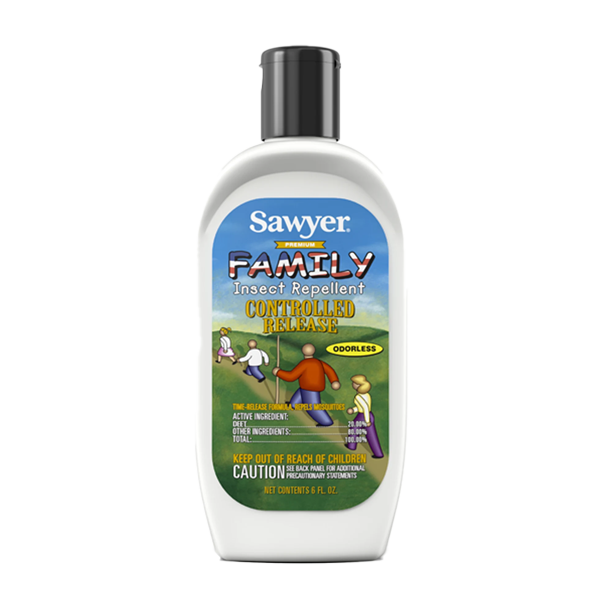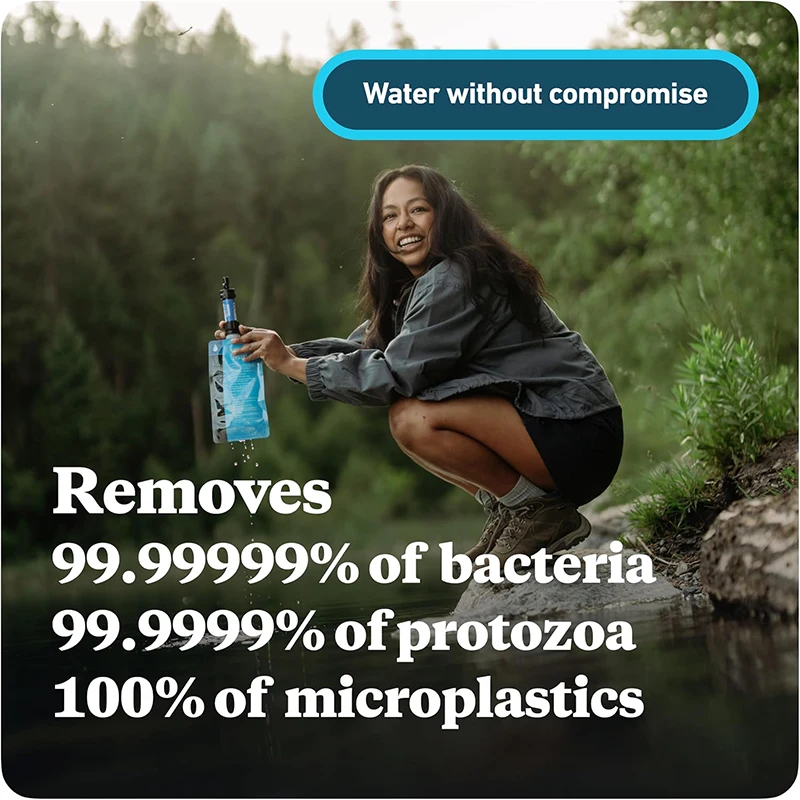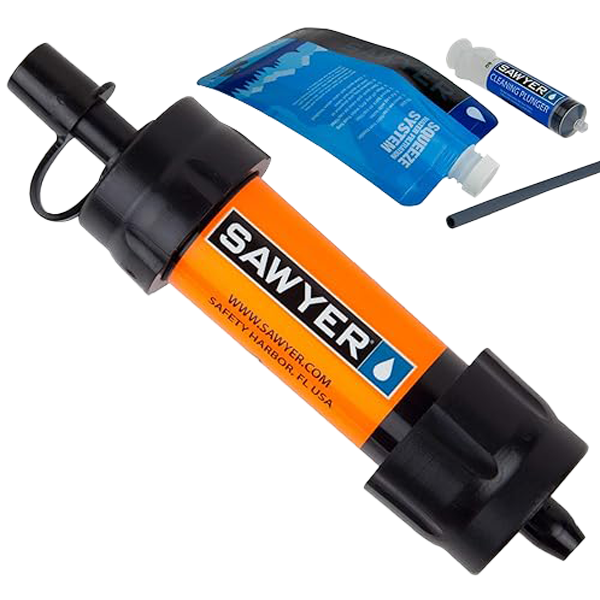Above the skin sunscreen needs to be re-applied much more frequently than below the skin sunscreens, but replacement of each depends on several environmental factors and also the quality of the sunscreen. Keep in mind the following factors which affect sunscreen effectiveness:Type of Sunscreen: Film, Wax or Bonding BaseTime of Day: Peak Sun is 10:00 a.m. to 3:00 p.m.Time of Year: Peak Sun is May though JulyPre-Tanning of the Skin: Your skin is more susceptible in the spring and early summer than it is after you have some level of tan base.Areas of Thin Skin: Nose, Ears, Forehead, Top of Head, Top of Feet, and Shoulders need extra Sunscreen and attention because they have less layers of skin to protect themselves.High Altitudes: Above 6,000 feet significantly increases your exposure to sunrays.Higher Altitudes: Above 10,000 feet offers very little natural protection at any time of the year.Low Latitudes: The closer you are to the equator the greater your ray intensity. People in Northern climates vacationing in Southern climates are particularly vulnerable.Exposure to much Rubbing or Flushing: Frequent towel drying or water skiing removes Sunscreen at a much faster pace than other activities.Profuse Sweating: May cause Sunscreen, especially above the skin Sunscreen, to migrate.Use with Insect Repellents: May cause the loss of up to 30% of the SPF protection level.If your environment includes several of the above, you may need to consider using a higher SPF level or more closely monitor your skin, especially the areas of thinner skin. If your environment includes more than several of the above, then you really need to watch your skin closely and take other precautions as well, such as more sun protecting clothing, hats, and staying out of the sun at peak times.












.svg)
.svg)
.svg)
.svg)















































